本文由 图石设计 授权mooool发表,欢迎转发,禁止以mooool编辑版本转载。
Thanks ToThree for authorizing the publication of the project on mooool, Text description provided by ToThree.
图石设计:生于此处却不知此处,日光倾城,万物生长,又是为何?若没有大地的拥抱,我们早已消失于茫茫宇宙之中,若没有原子之稳定,我们亦不复存在,无人问天地变换,斗转星移,是为何故?宇宙又是源于何处?它是否无始无终?时间若愿意倒流,我们的认知是否还会有局限?世间最渺小之物又是什么?滚滚长江,却只留有过去,不知未来,浩淼宇宙,为何我们在此相遇。
——卡尔· 萨根为霍金《时间简史》所写的序言
ToThree: We go about our daily lives understanding almost nothing of the world. We give little thought to the machinery that generates the sunlight that makes life possible, to the gravity that glues us to an Earth that would otherwise send us spinning off into space, or to the atoms of which we are made and on whose stability we fundamentally depend. Except for children (who don’t know enough not to ask the important questions), few of us spend much time wondering why nature is the way it is; where the cosmos came from, or whether it was always here; if time will one day flow backward and effects precede causes; or whether there are ultimate limits to what humans can know.
–Foreword of A Brief History of Time, by Carl Sagan
▼项目视频 Project Video
作为宇宙中的一个渺小个体,我们怎么去感知宇宙,探索宇宙,进而在这浩淼中重新认识自我发现自我,成为东莞天际星空体验馆这个场所中所探讨的主题。
宇宙之广大,人是不能完全感知到的。在公共艺术的创作中,我们以人类最熟知的宇宙组成部分–太阳系作为载体,通过和环境融合的设置方式,在这个九千平米的场地当中藏下了一个宇宙。
As only human individuals, how we perceive and explore the universe, and then re-see and discover ourselves in this vast universe has become the subject of the Space Experience Hall in Dongguan.
As it’s impossible for us humans to fully perceive the universe with our eyes, we tried to establish a mini universe by installing the solar system, the most well-known part of the universe, as the carrier of this perception.
我们创作的“宇宙”装置,主体是通过水面反射形成的一个巨大而纯粹的金属圆环。巨型尺度产生了超自然力的表现,当人走进场地上的时候,会不由自主的去和它对比,在一瞬间让人丧失尺度上的判断,陷入宇宙的广袤之中。
The main part of the installation series themed Cosmos is a semi ring standing in the water. The giant scale of the ring creates a supernatural atmosphere. Walking into the field, people will involuntarily lose their sense of scale and fall into this small universe.
平静的水面下藏着装置的另一部分–喷涌翻腾的气泡在整点时刻会打破水面,形成跨越四个水池的水环。时隐时现的虚体水环和实体的金属环扣在一起,让场地弥漫着充满庄严而神秘的氛围。
The bubbles break the stillness of the water surface every hour strikes. Becoming a whole water ring spanned 4 water sections. The solid and bubble rings were designed to inspire the inspection of cosmos.
▼大环内径穿孔,晚上勾勒出环形光带 The inside of the ring is perforated, so that it outlines the ring with light at night
▼装置在不同的角度的变化 The variation of the ring from different perspectives
大环的阴影在一年中的特定时刻,会和地面的铜线重合,唤起人类对无限空间探索的记忆。照片中能看到的由铜条曲线嵌入地面铺装表现的宇宙探索活动:1969年7月21日10:56,阿姆斯特朗踏上月球,“这是我个人的一小步,却是人类的一大步”。
At certain time of a year, the shadows of the ring will overlap the copper lines on the ground. The story of the line on the picture below: on 10:56 21 July, 1969, Armstrong landed on the Moon. That’s one small step for man, one giant leap for mankind.
“人类在探索宇宙方面取得了巨大的成就,那些伟大的开拓者,他们抬头想知道那里发生了什么……他们承载着人类远见卓识,超越了人类旅行的极限,勇敢的去探索着未知的领域. ”
Mankind has made great achievements in exploring the universe. Those great pioneers, they looked up and wondered what happened there… They carried human vision and surpassed the limit. Bravely explore the unknown. –– Dr. Thomas H. Zurbuchen, NASA Associate Administrator at Science Mission Directorate
我们选择了人类向太空探索的里程碑事件:先驱者0号的发射,开启地外轨道任务;人类第一次进入太空;人类第一次登月;先驱者10号飞越太阳系……向人类对宇宙空间的探索致敬。
We selected the milestones of human exploration into space: The launch of Pioneer 0, which initiates the extraterrestrial orbit mission; Entering space for the first time; Moon landing; Pioneer 10 flying over the solar system, these historical events were carved on the copper lines and inlayed on the ground, as a homage to human’s space exploration.
▼地面细节 The details on the ground
在水景步道上则分布着一些铜质线段,这些线段会根据春夏秋冬的变化,表现出不同的时间刻度。阴影投射在铜线划分的区间上,如同日晷一般记录着时间的流逝。装置从空间和时间,阐释着宇宙(宇:空间,宙:时间)。
The shadow of the ring crosses the time scale on the waterscape trail, recording the passing of time like a sundial. From perspectives of space and time, the installation explains the universe.
▼装置分析 The installation analysis
▼从高处看空间线与时间线 See the space lines and time lines from a height
▼“太阳系”场地分布 The layout of solar system on site
同时,太阳系以缩小5000万倍的方式出现在现场,这个比例相当于把珠峰高度压缩成一张纸的那么厚。大环在这其中扮演了太阳的角色,它的直径达到了26米,地球则是一个直径接近篮球的金属摆球(23.8cm)……所有星球都以相同比例换算尺寸,散布在环境中成为景观节点。人们能在同一时间,在相同比例的条件下去观察太阳系中的星球,这种观察方式是大多数人从未有过的, 星际尺度的巨大差别让人感叹。
The solar system is set on site with a scale of 50 million, equivalent to compressing Mount Everest into the thickness of a piece of paper. The big ring is the Sun, with a diameter of 26 meters. While the Earth is a metal pendulum ball with a diameter of 23.8cm, close to a basketball. All planets are converted to the same scale in size. Become a part of landscape in the environment. People can observe the solar planets under the same proportions. People are amazed by the huge difference in interstellar.
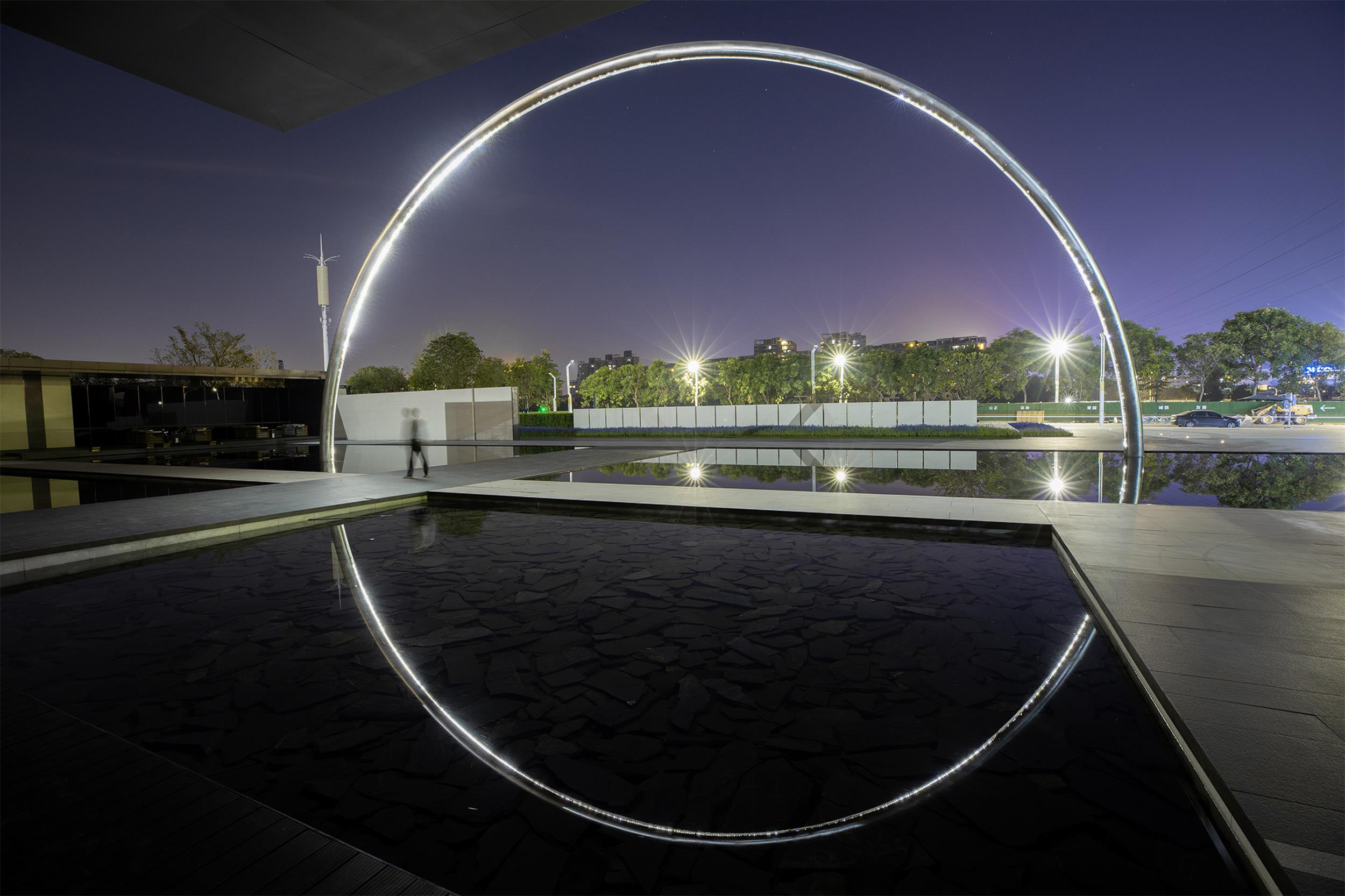 ▼地球以金属球的方式吊挂在墙上,人们可以触摸它,让它摆动 The earth is hung on the wall in the form of a metal ball. People can touch it and make it swing
▼地球以金属球的方式吊挂在墙上,人们可以触摸它,让它摆动 The earth is hung on the wall in the form of a metal ball. People can touch it and make it swing
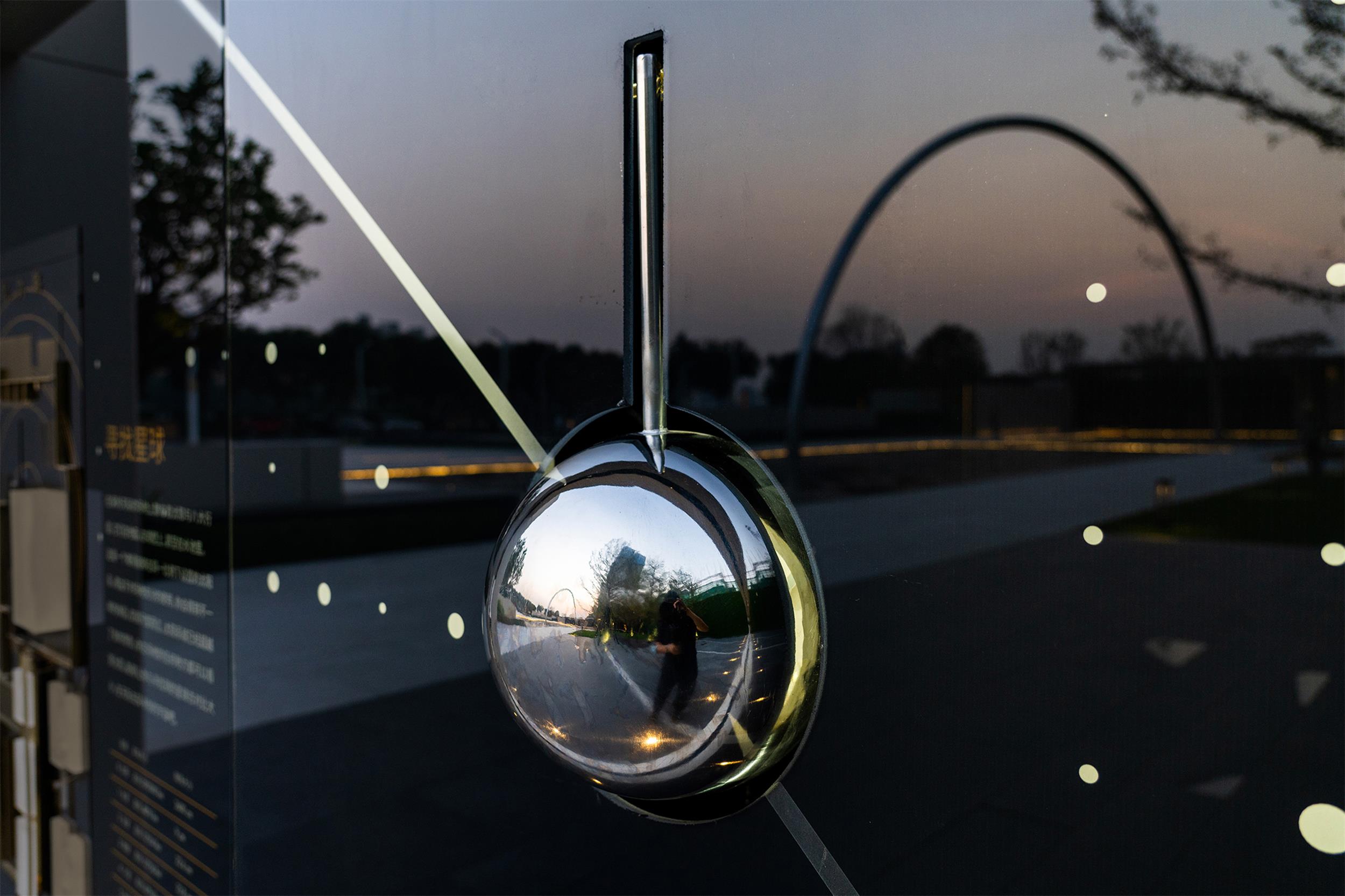 ▼类似星系悬臂的螺旋形贯穿在小的星球上,成为环境中的对景点 The spiral shape resembling the cantilever of the galaxy runs through the small planet and becomes the opposite spot in the environment
▼类似星系悬臂的螺旋形贯穿在小的星球上,成为环境中的对景点 The spiral shape resembling the cantilever of the galaxy runs through the small planet and becomes the opposite spot in the environment
这是一个贯穿在整个场地的公共艺术,让场地控制在了一个系统性的观念之下,整个环境都成为了公共艺术的组成部分,场地也变成了一个大艺术品。
在场地的西侧天文墙上,我们试图通过一种更加直观的方式,把天文学这个概念更加引人入胜的去表达给公众。
This is a public art that runs through the entire site. Make the whole site under a systemic concept. And the entire environment an integral part of the public art. The place has also become a piece of artwork.
On the astronomy knowledge wall, we tried to bring the concept of astronomy to the public through a more intuitive way.
让天文学显得更不像科学的是,天文学从一开始到现在,一直在和人类社会发生着频繁的互动。说的直白一点,是人类的行为习惯形成了今天的天文学框架,反过来,是星空塑造了人性。
What makes astronomy look less like science is that there has been frequent interaction between Astronomy and human society from the beginning. Put it in a straight way, it is human behavior and habits that form the framework of today’s astronomy, vice versa, it is the starry sky that shapes human nature.
▼天文墙全景 Panorama of the astronomy wall
天文墙中记录着人类对宇宙的探索:公元前200年出现的天文仪;中国古代历法中的24节气;先驱者10号上的镀金铝板;旅行者一号上的金唱片;维特鲁威人的宇宙观念……这些天文学自身的见识,对宇宙本身的理解,一些基本的数据构成了可阅读的墙面。墙体右侧保留了景观设计对太阳系的表达,通过改造主要星球表面打孔的视觉化呈现,让它们融入艺术系统。
The astronomy wall records human exploration of the universe: astronomical instruments that appeared in 200 BC; the 24 solar terms in the ancient Chinese calendar; the gold-plated aluminum plate on Pioneer 10; the golden record on Voyager One; Vitruvian man… It forms a readable wall. The right side of the wall retains the expression of the solar system in the landscape design; they were integrated into the art system by transforming the visual presentation of the holes on the surface of the main planet.
在现场,我们看到很多小朋友对这面墙产生了兴趣,去触摸,去阅读。希望这些有意思的信息,能在小朋友心里埋下天文学的种子。
Many children became interested in this wall, touch and read. Hope these interesting information can plant the seeds of astronomy in the hearts of children.
▼先驱者10号是NASA在1972年3月2日发射的一艘空间探测航天器 Pioneer 10 is a space exploration spacecraft launched by NASA on March 2, 1972
▼建筑师柯布西耶在二十世纪中期为其著作绘制的主体是一个举起手臂的宽肩窄腰的人类形象,将人类的需求至于宇宙的中心,而大自然则反过来为我们提供了各种现象的丰富数学意义。模度人所表达的数学规律不仅仅是对美得一种规定,甚至也不是人类用来理解他们的世界的一种手段,而是宇宙自 身的核心或主导性原理,自然的,艺术的统一与和谐之源 The subject drawn by the architect Le Corbusier in the mid-twentieth century for his work is a human image with a wide shoulder and a narrow waist raising his arms, putting human needs at the center of the universe, and nature provides us with rich mathematical meaning of various phenomena. The mathematical law expressed by the modulus is not only a regulation of beauty, nor is it even a means for humans to understand their world, but the core or dominant principle of the universe itself, natural, and artistic unity and the source of harmony.
▼维特鲁威《建筑十书》:“人体的结构应与神秘的宇宙几何学标准相一致,人体就是宇宙,是宇宙的缩影”。在代表宇宙秩序的方和圆中,放入了一个人体。我们是谁?如何居于宇宙的宏大秩序之中?维特鲁威人象征一种理想人文主义精神,颂扬个体的尊严,价值,理性思维,人类赤裸裸站在地球与宇宙的交叉点上 Vitruvius “Ten Books of Architecture”: “The structure of the human body should be consistent with the mysterious geometric standards of the universe. The human body is the universe, a microcosm of the universe.” A human body is placed in the square and circle representing the order of the universe. Who are we? How to live in the grand order of the universe? Vitruvian people symbolize an ideal humanistic spirit, speaking high of the dignity, value, and rational thinking of the individual.
人类从哲学、科技、艺术等多个方向,去探寻认知宇宙,这构成的人类社会进步的一种驱动,人类在探寻中也在不断的定义自我。
From philosophy, technology, art and many other directions to explore the cognitive universe, this constitutes a driving force for the progress of human society. Human beings are re-discovering and re-defining themselves in their exploration.
现场目前作为天际住宅项目的产品体验中心使用,未来会交还给城市,成为东莞的公共文化场所,这个超尺度的公共艺术,在不久的将来更加充分地面向城市,面向公众,塑造这个城市独特的天际线。
The site is currently used as the experience center of Skyrim. It will be opened to public and to the city in the future, become a public cultural place in Dongguan. This super-scale public art will be more open to the city and the public in the near future.
仰望星空,让人心怀谦卑敬畏。虽然人类渺小如微尘,但是对未知的渴望,激发了人类对广袤宇宙的探索,自由翱翔于宇宙天际间,那是人类终极的浪漫。
Looking up at the stars makes people humble and awe. Although human beings are as small as dust, the huger for the unknown. Inspired mankind to explore the vast universe, this is the ultimate pursuit of mankind, soar freely in the sky.
项目:东莞保利天际–星空体验馆
地址:广东省东莞市
客户:保利湾区投资发展有限公司
设计公司:图石设计
设计团队:何杨、张沛楠、梅超、冯飞腾、高金笑、王嵩良、蒋旭慧
施工单位:图境艺术工作室、普邦园林、OPOOL TECH
其它专业:广州天行建筑设计、EADG泛亚国际景观设计、 邱德光设计事务所
设计时间:2020.05
摄影:何杨、张沛楠
Project: Dongguan Poly – Space Experience Pavilion
Location: Dongguan, Guangdong
Client: Poly
Design: ToThree
Design Team: He Yang, Zhang Peinan, Mei Chao, Feng Feiteng, Gao Jinxiao, Wang Songliang, Jiang Xuhui
Manufacturers: Tujing Studio, PB Holding, OPOOL TECH
Other design team: MACAU, EADG, T.K. Chu Design
Time: 05.2020
Photography: He Yang, Zhang Peinan
更多 Read more about: To Three 图石设计


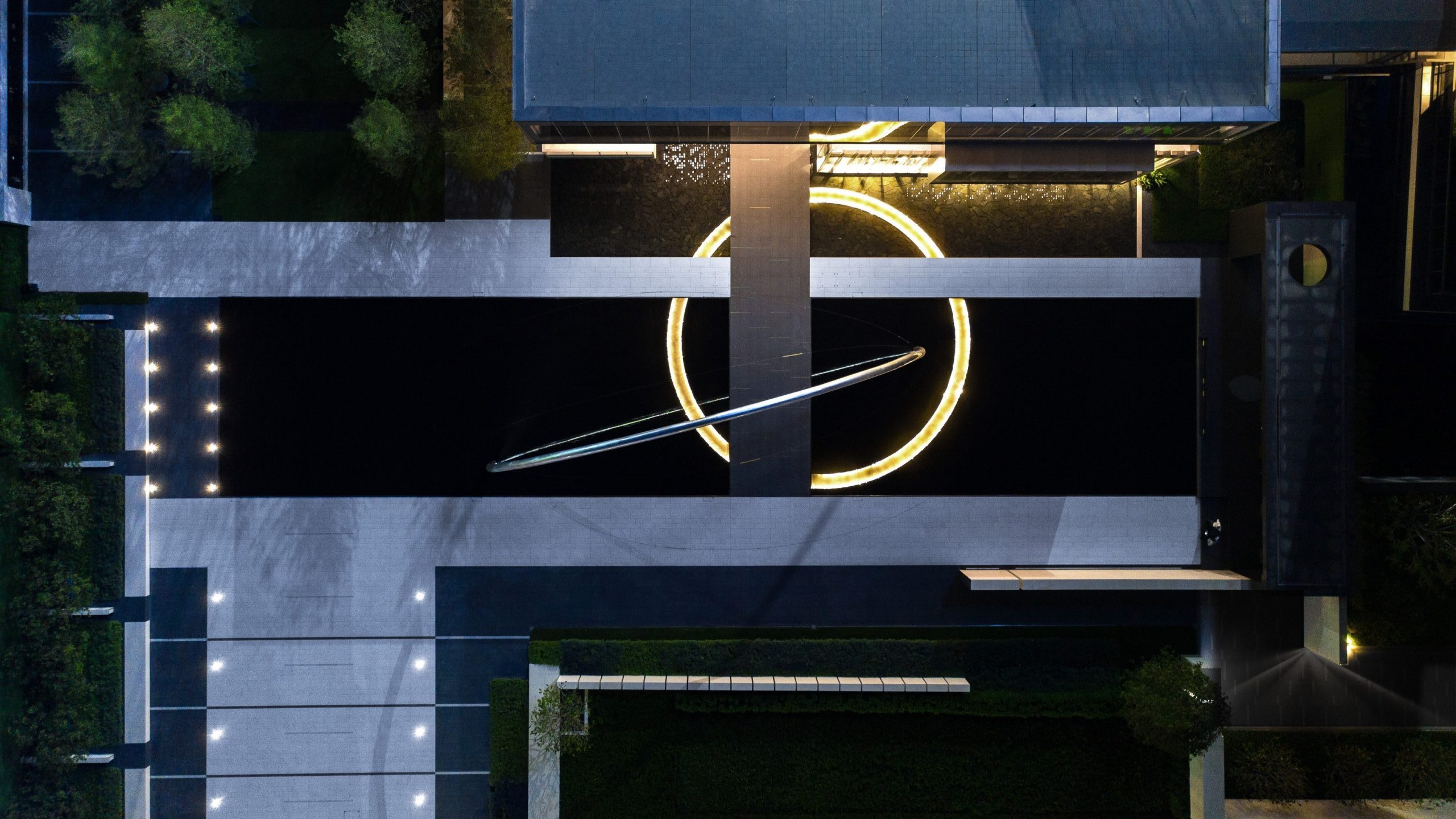
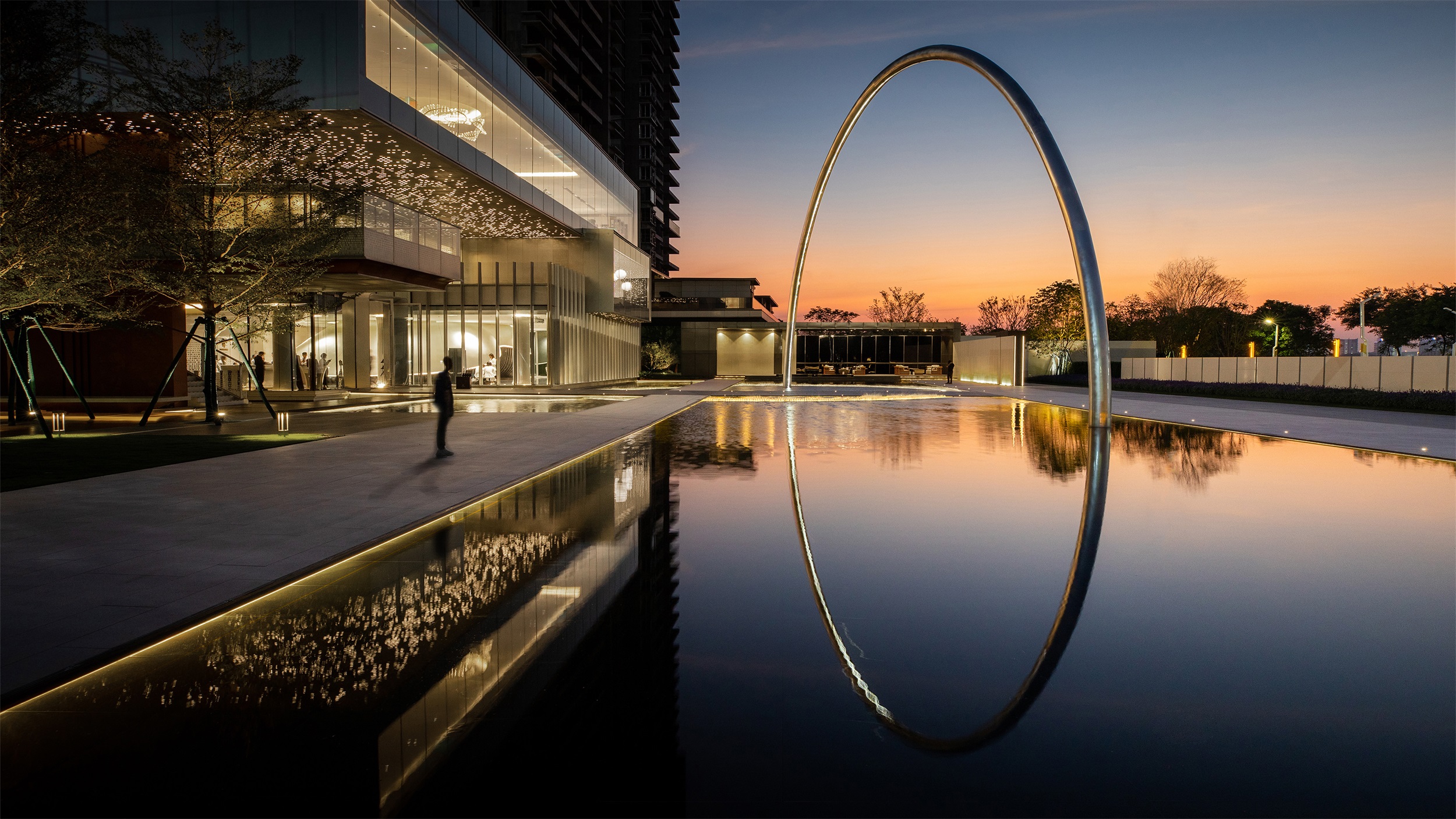
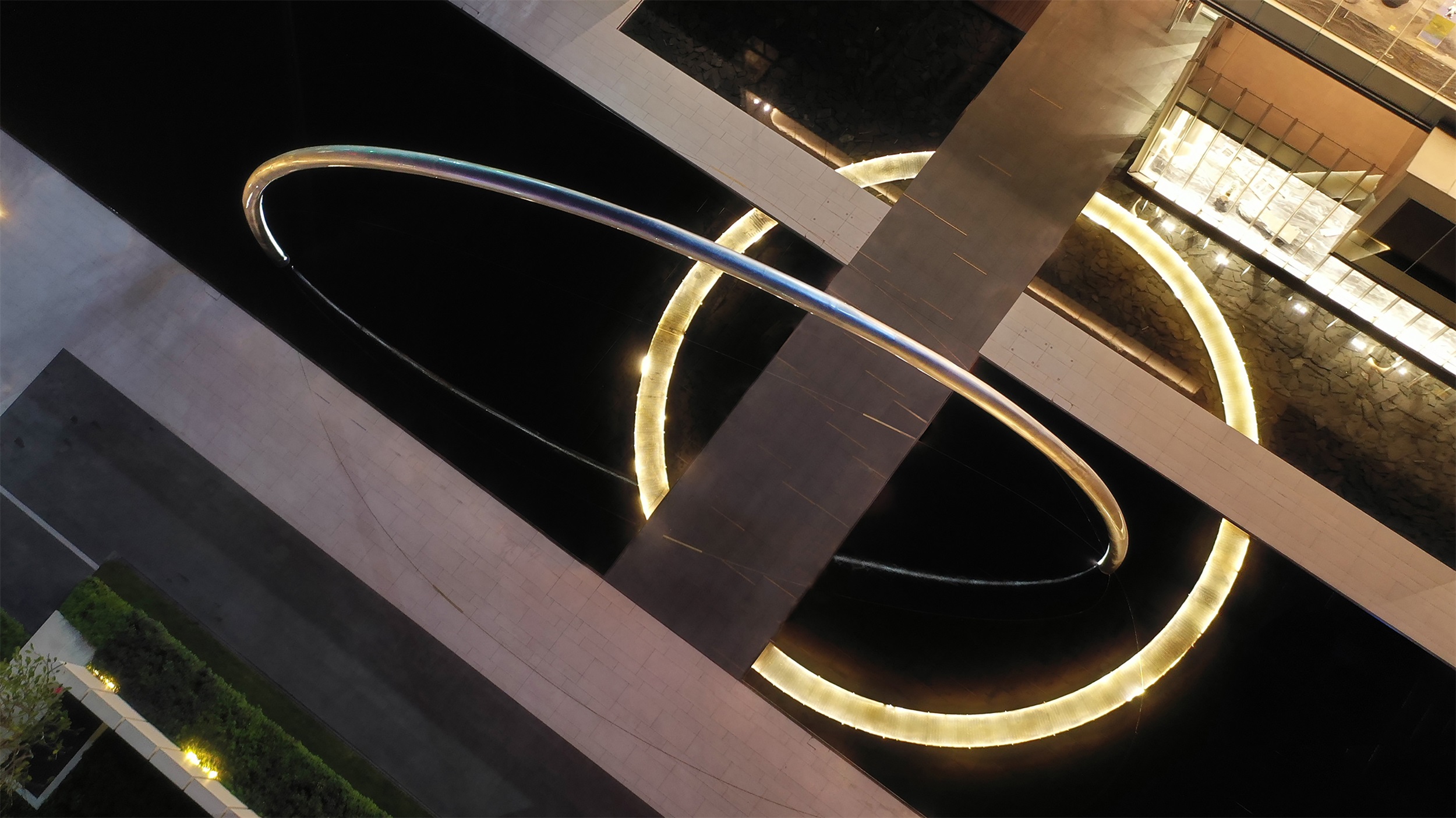
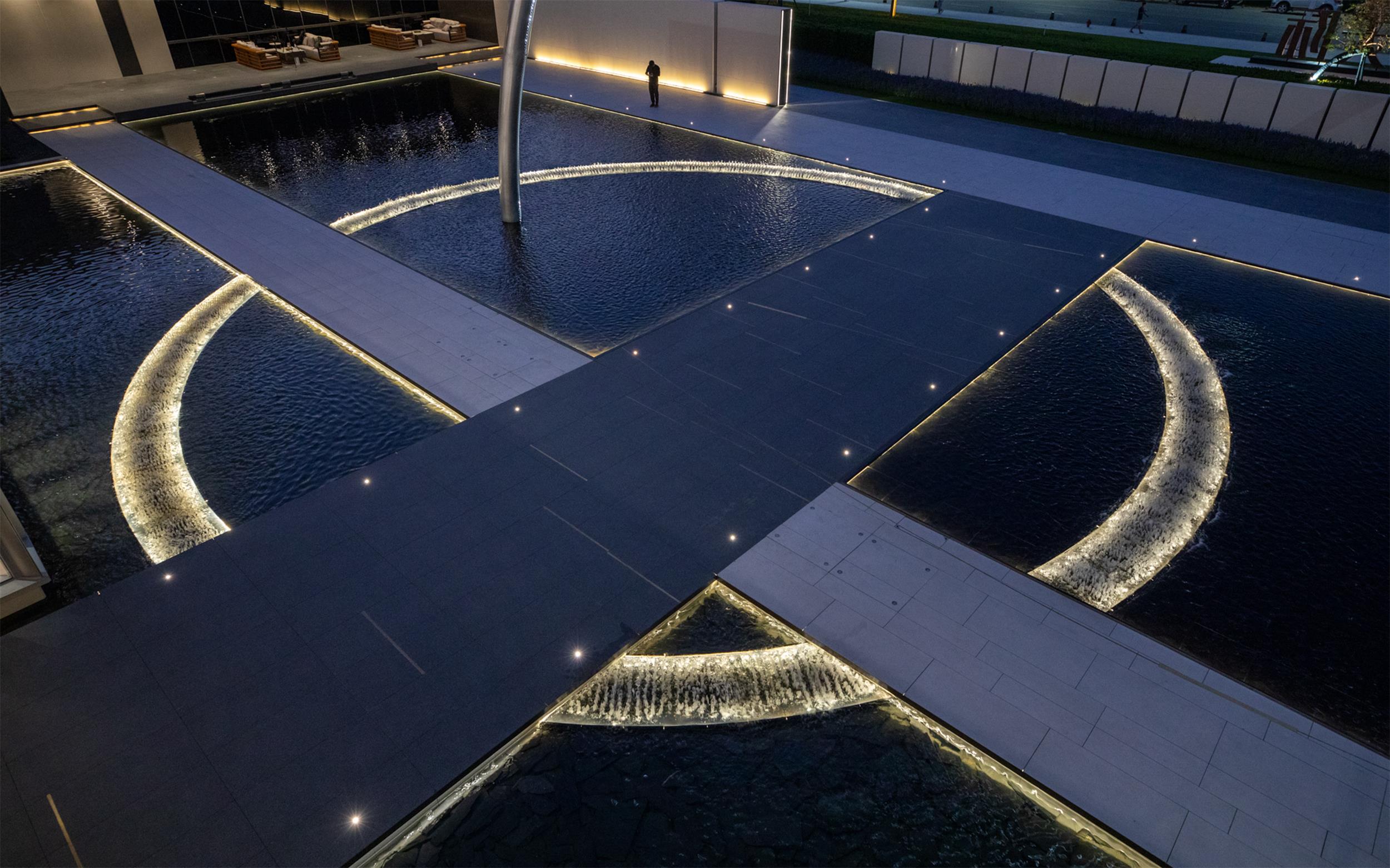
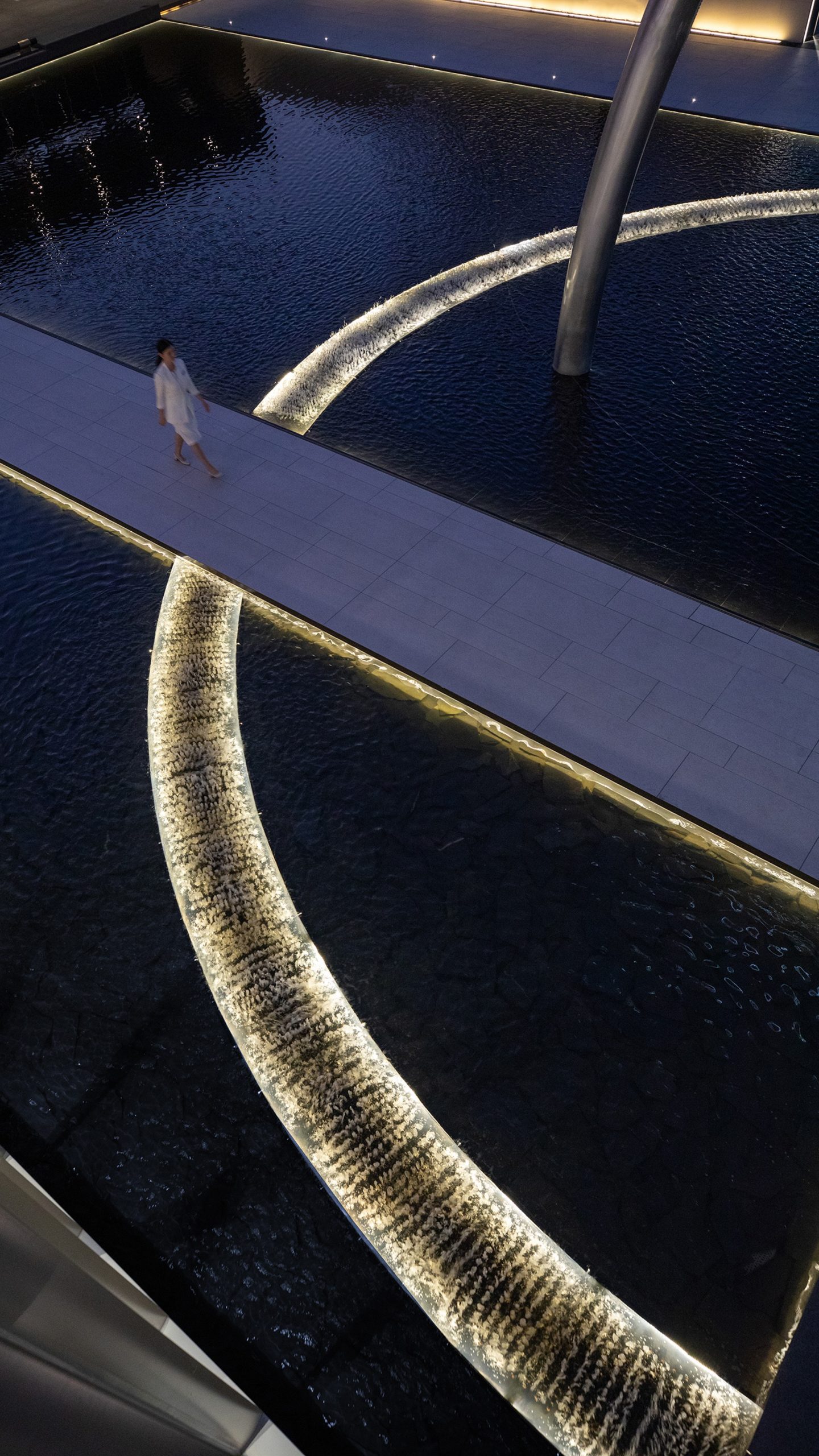
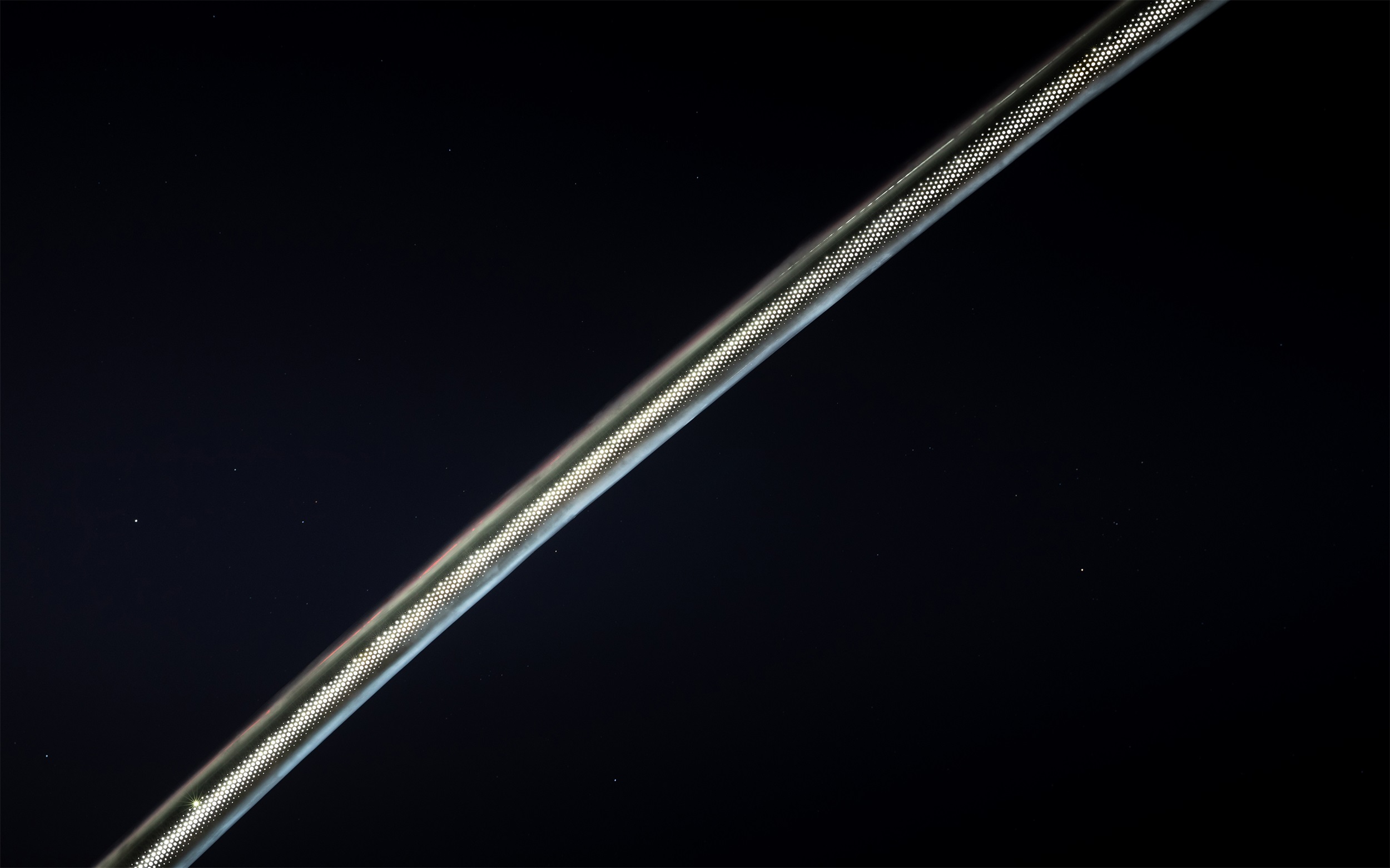
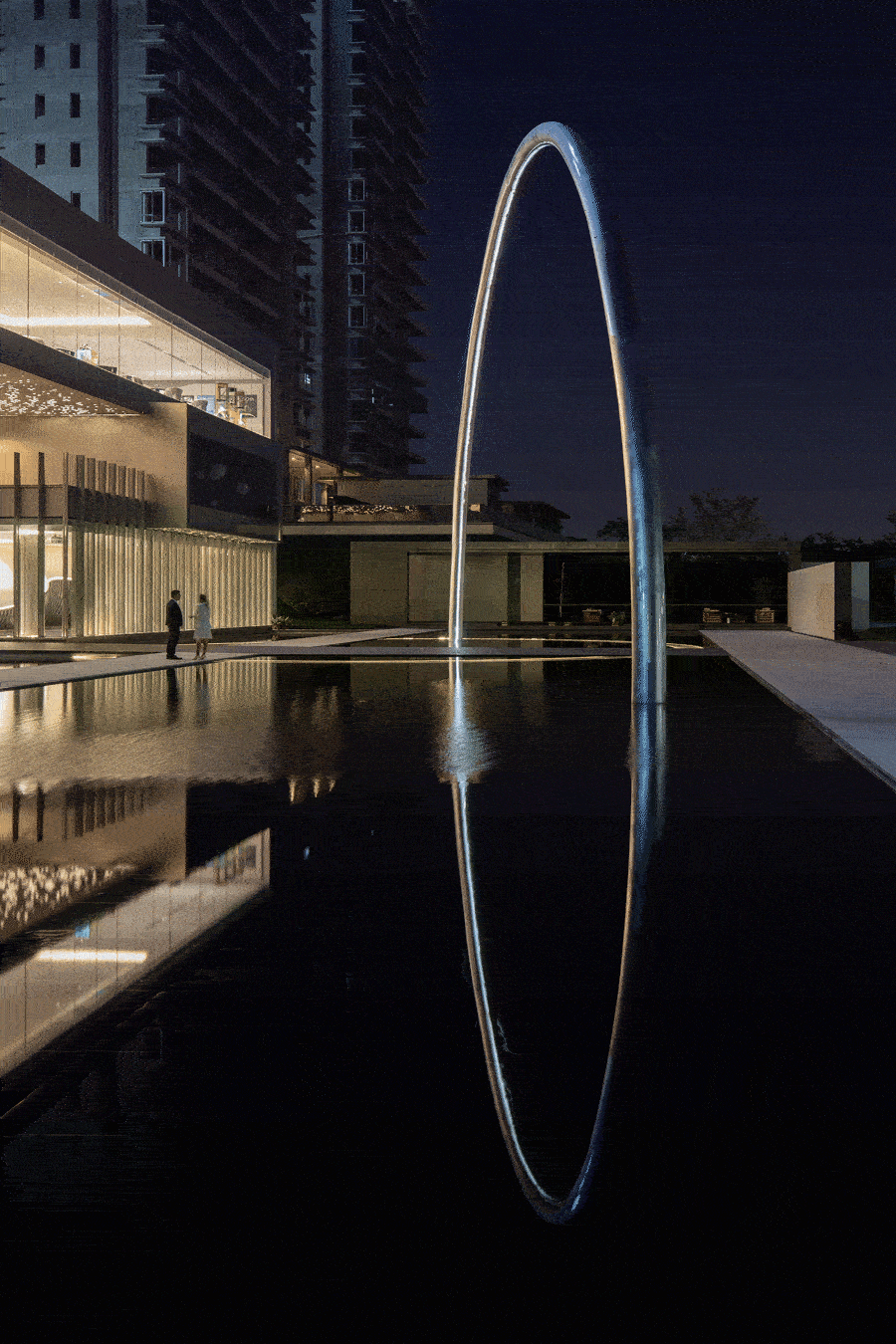

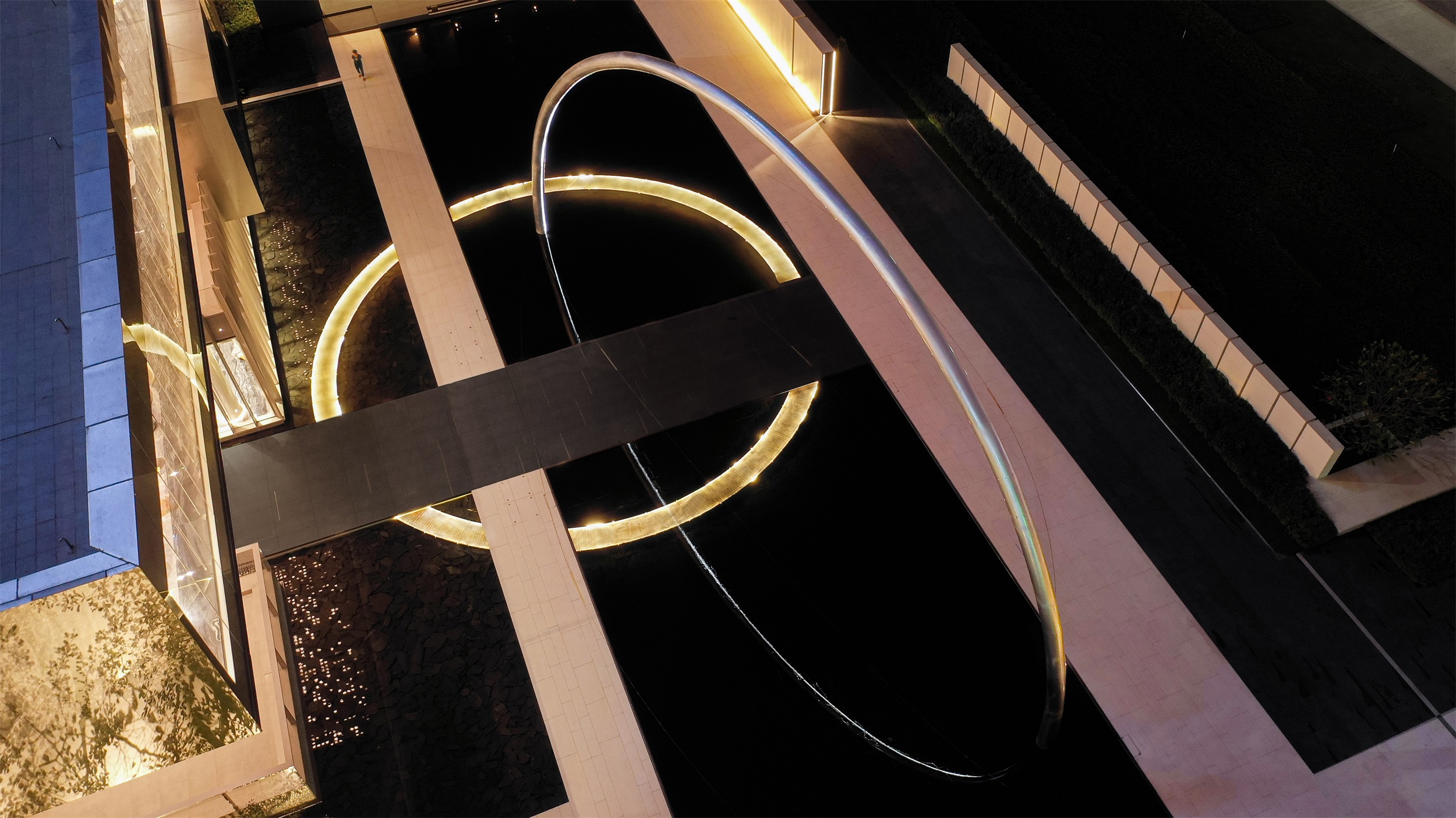
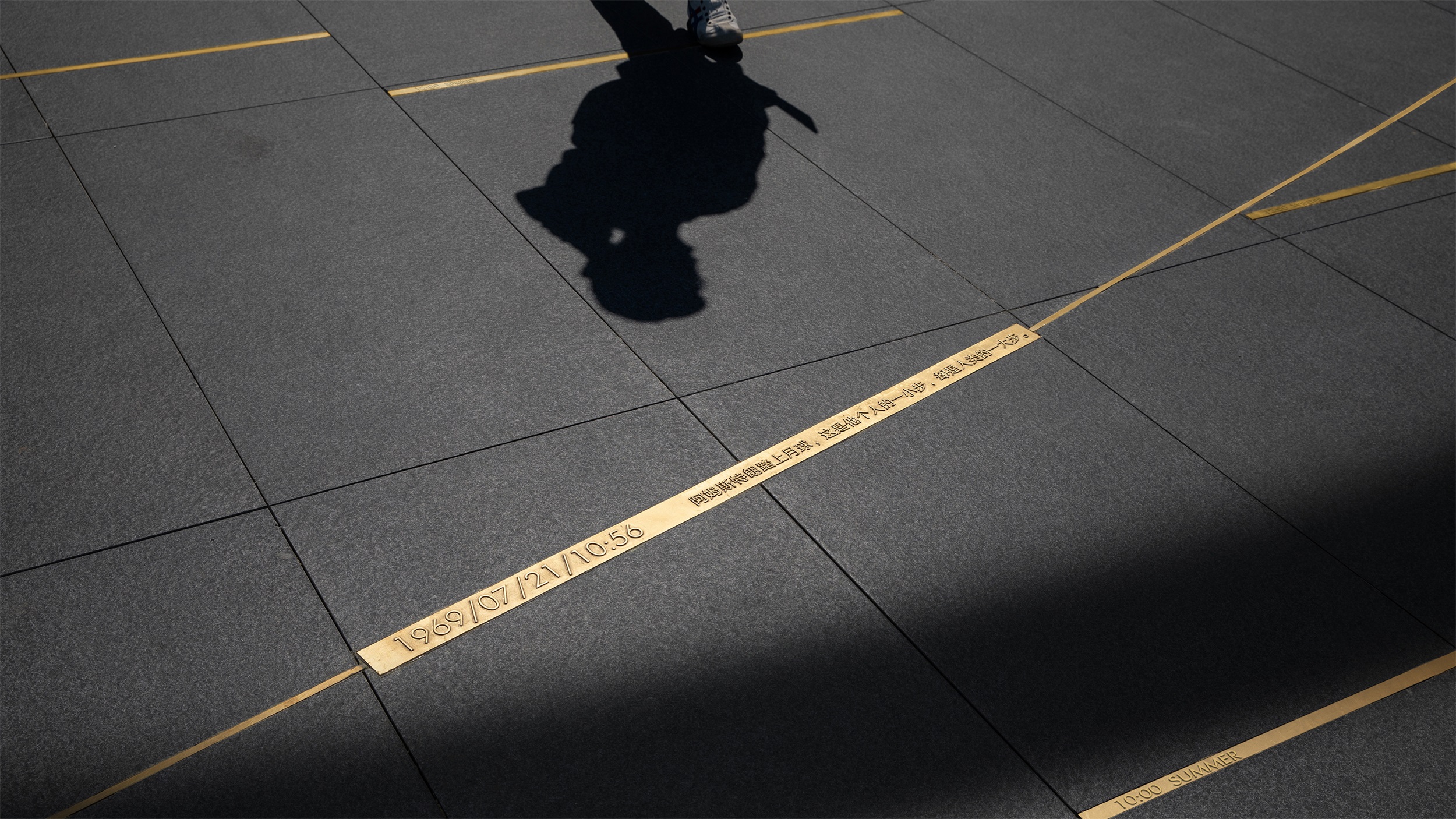




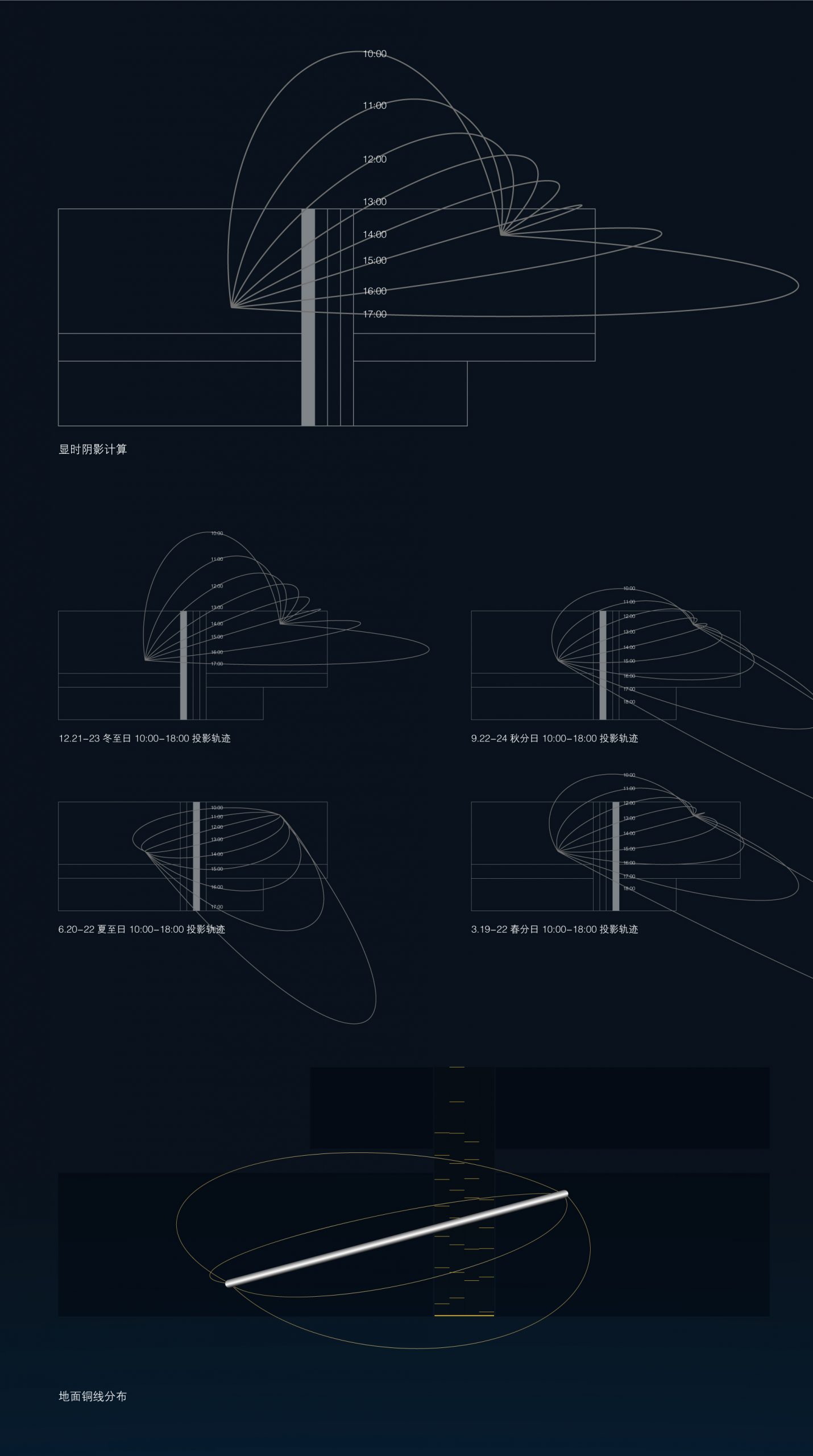
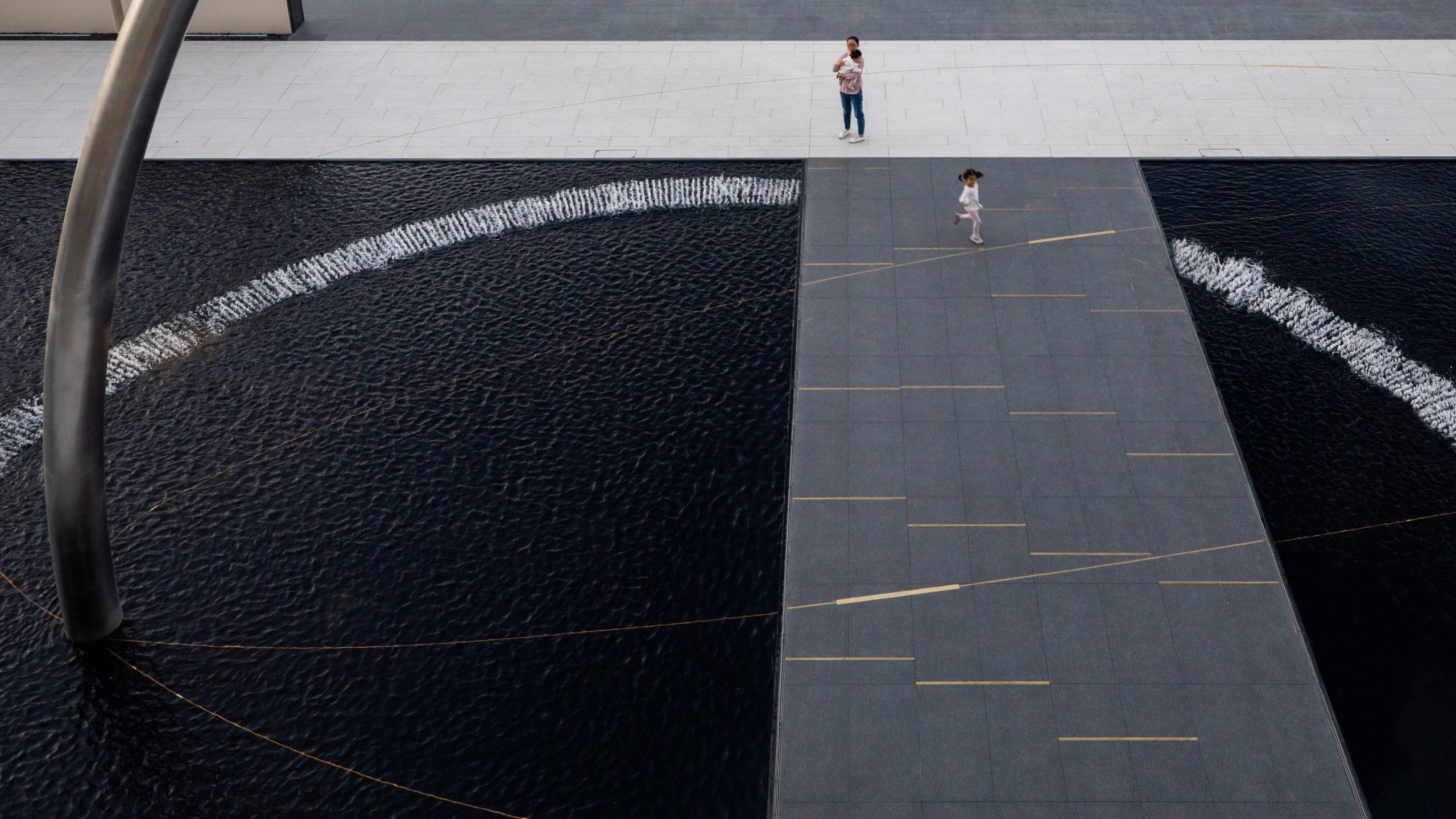
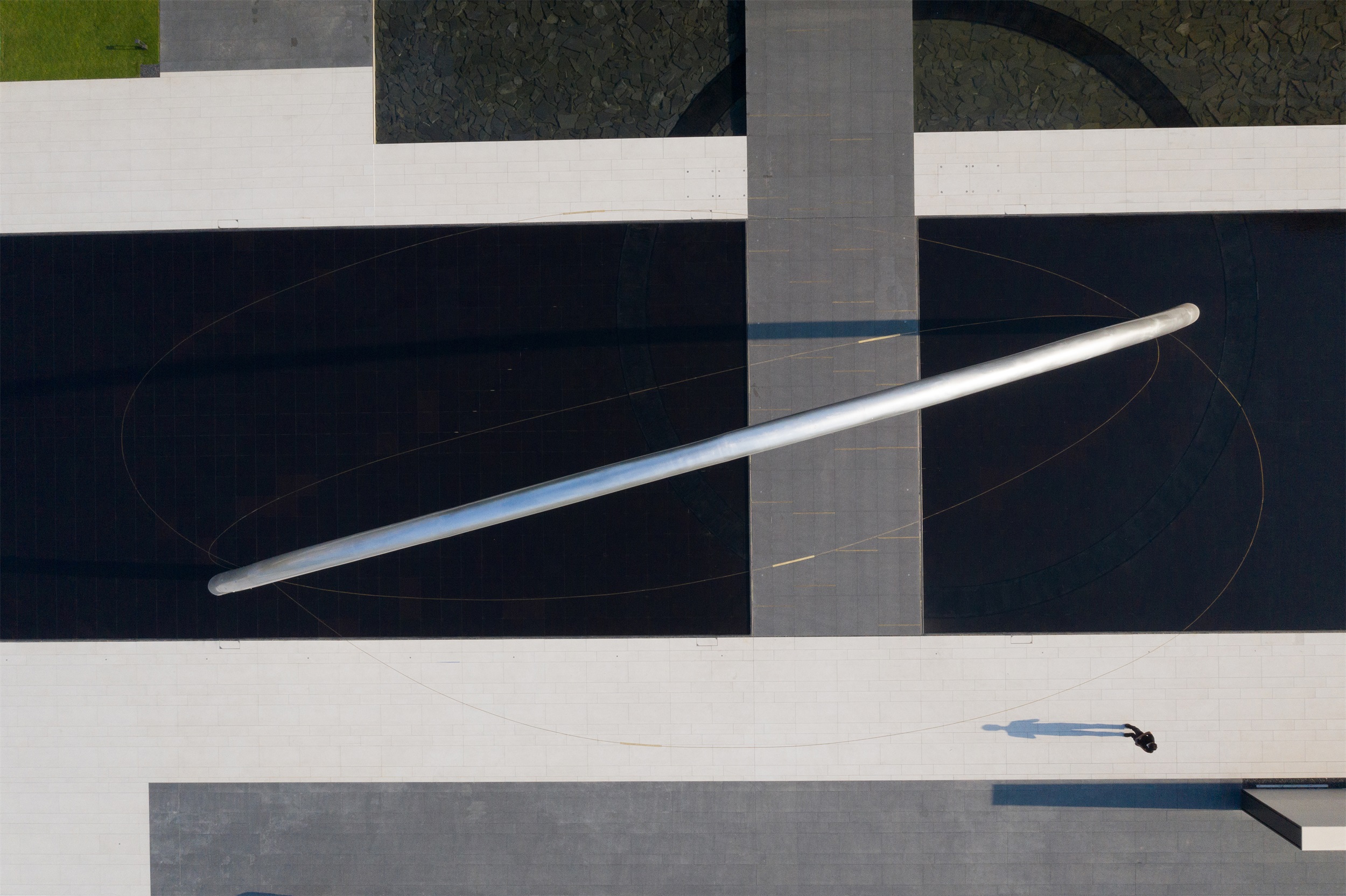


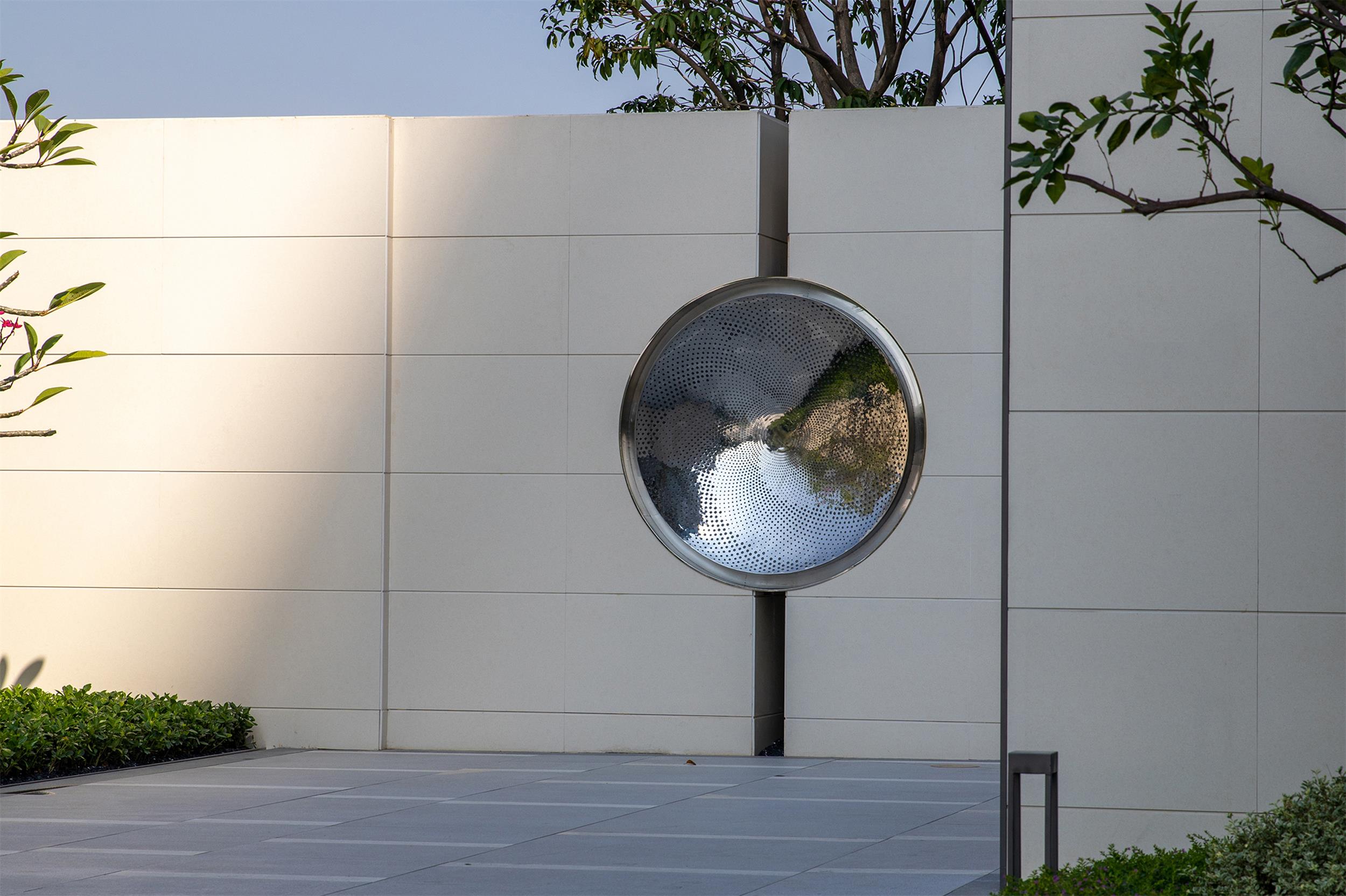


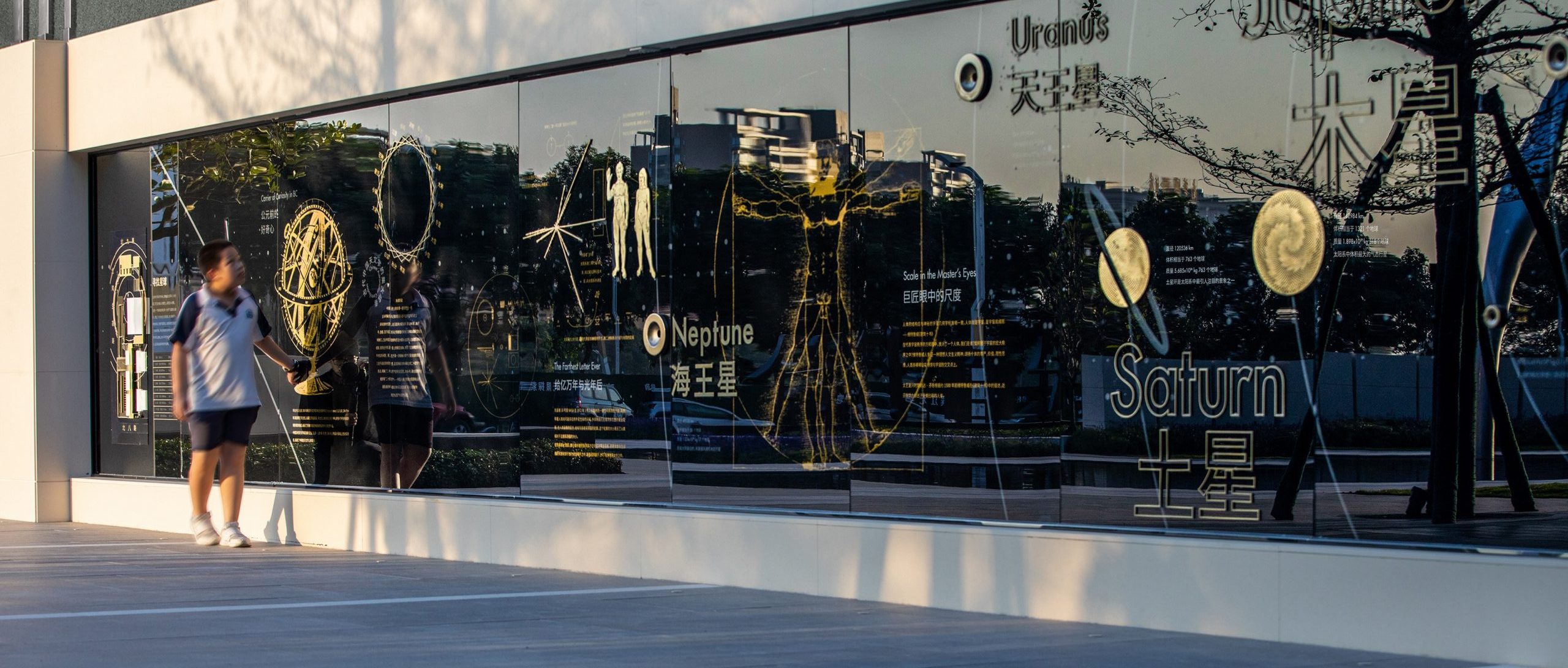

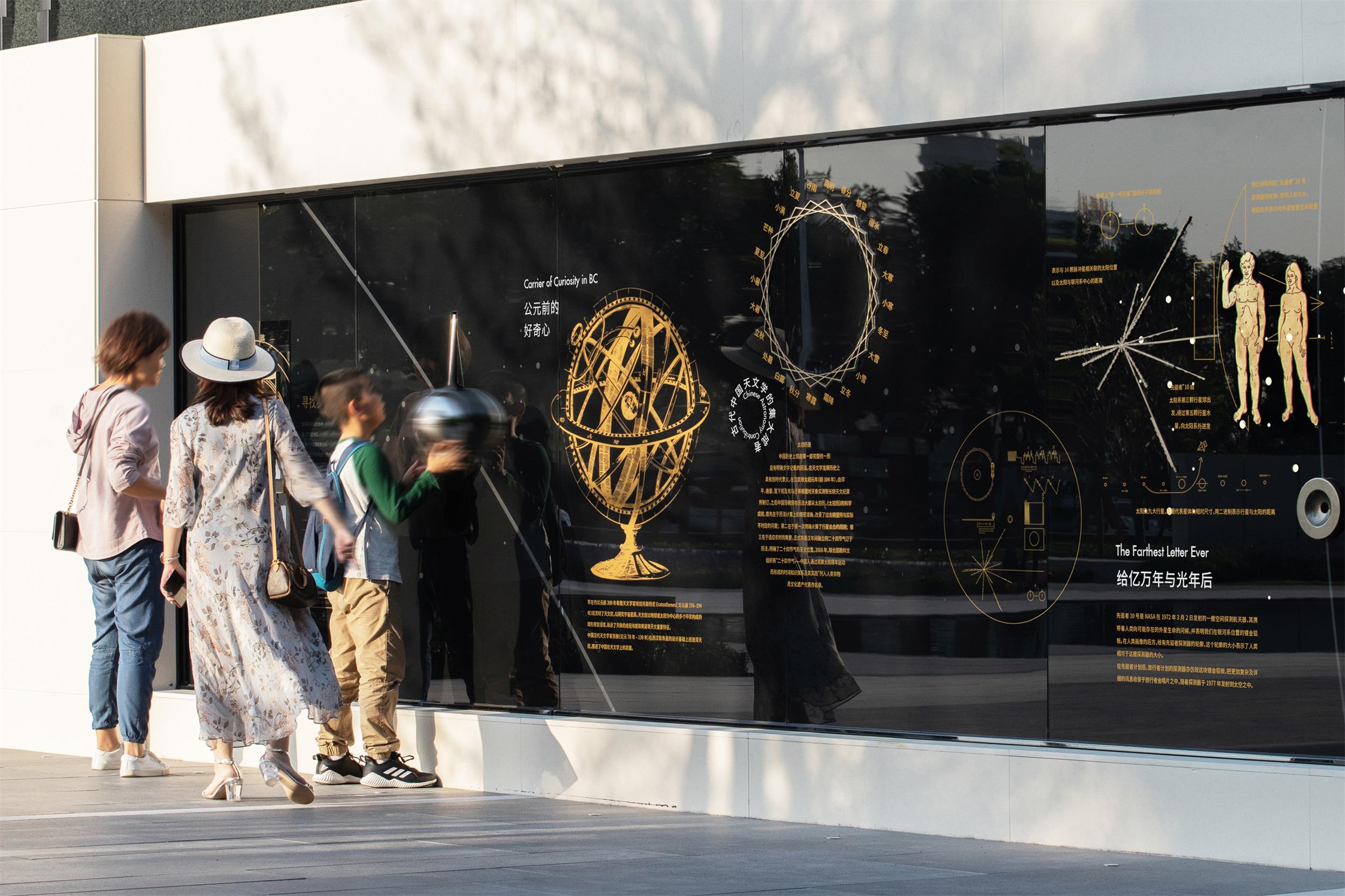
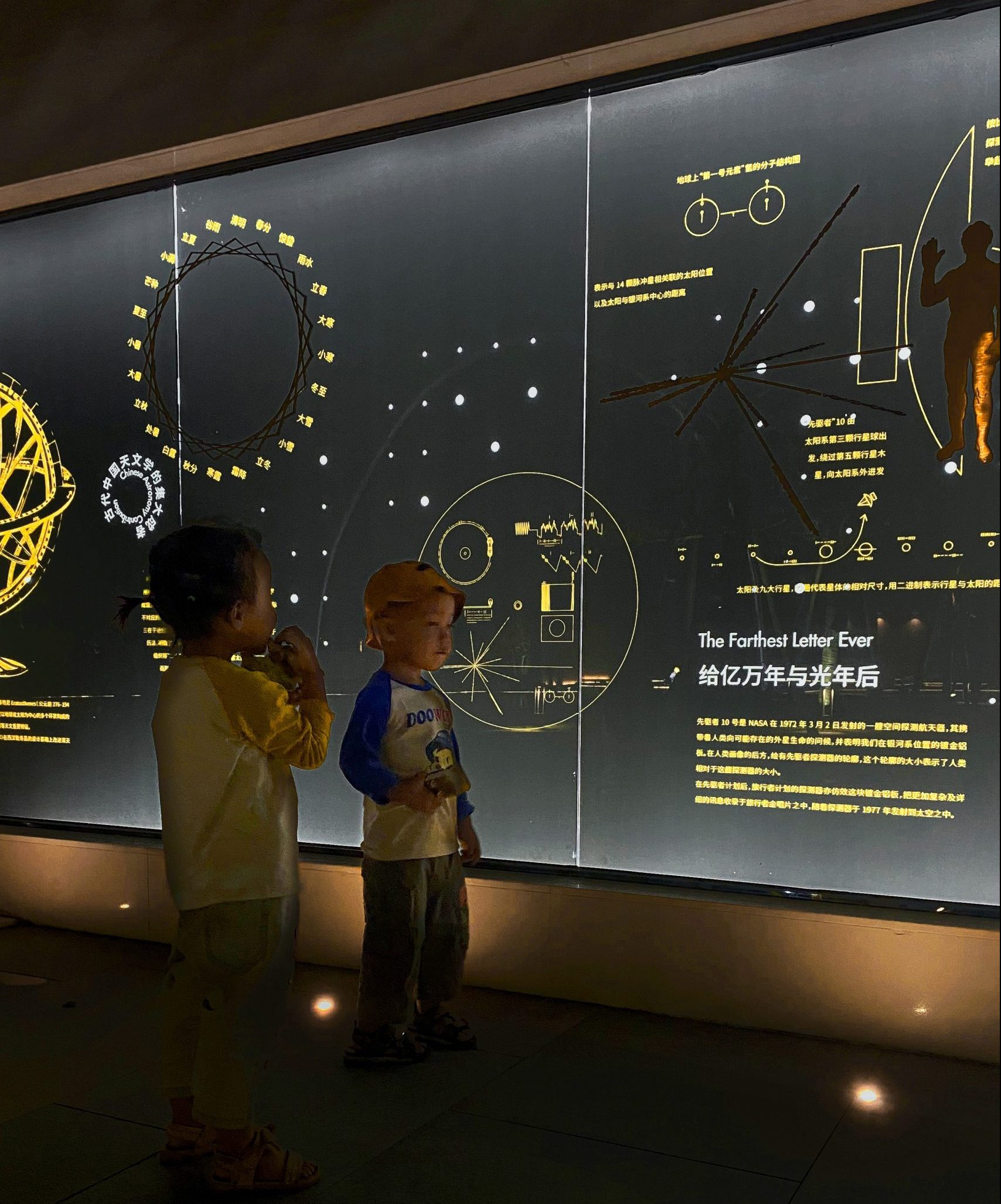
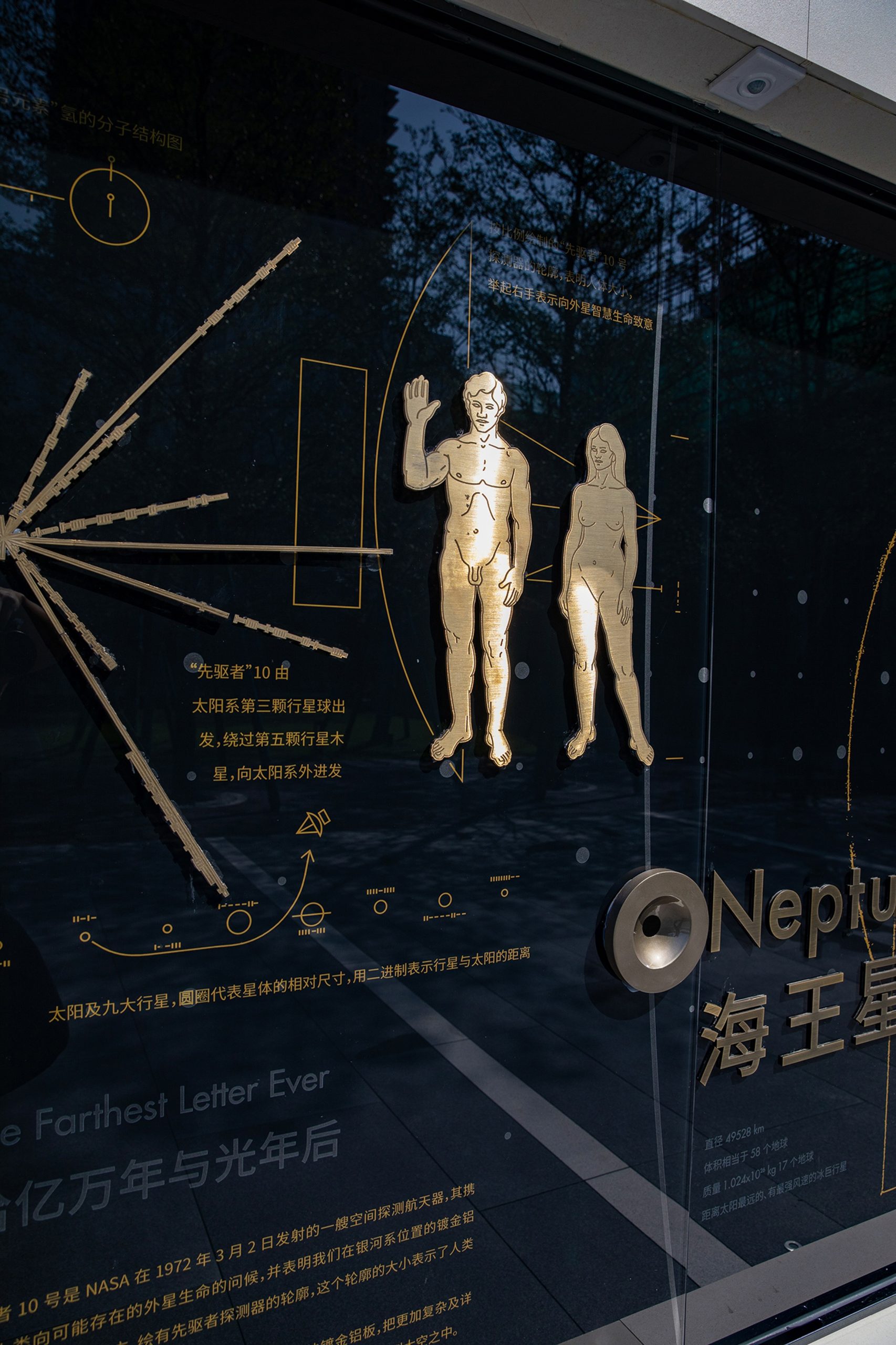

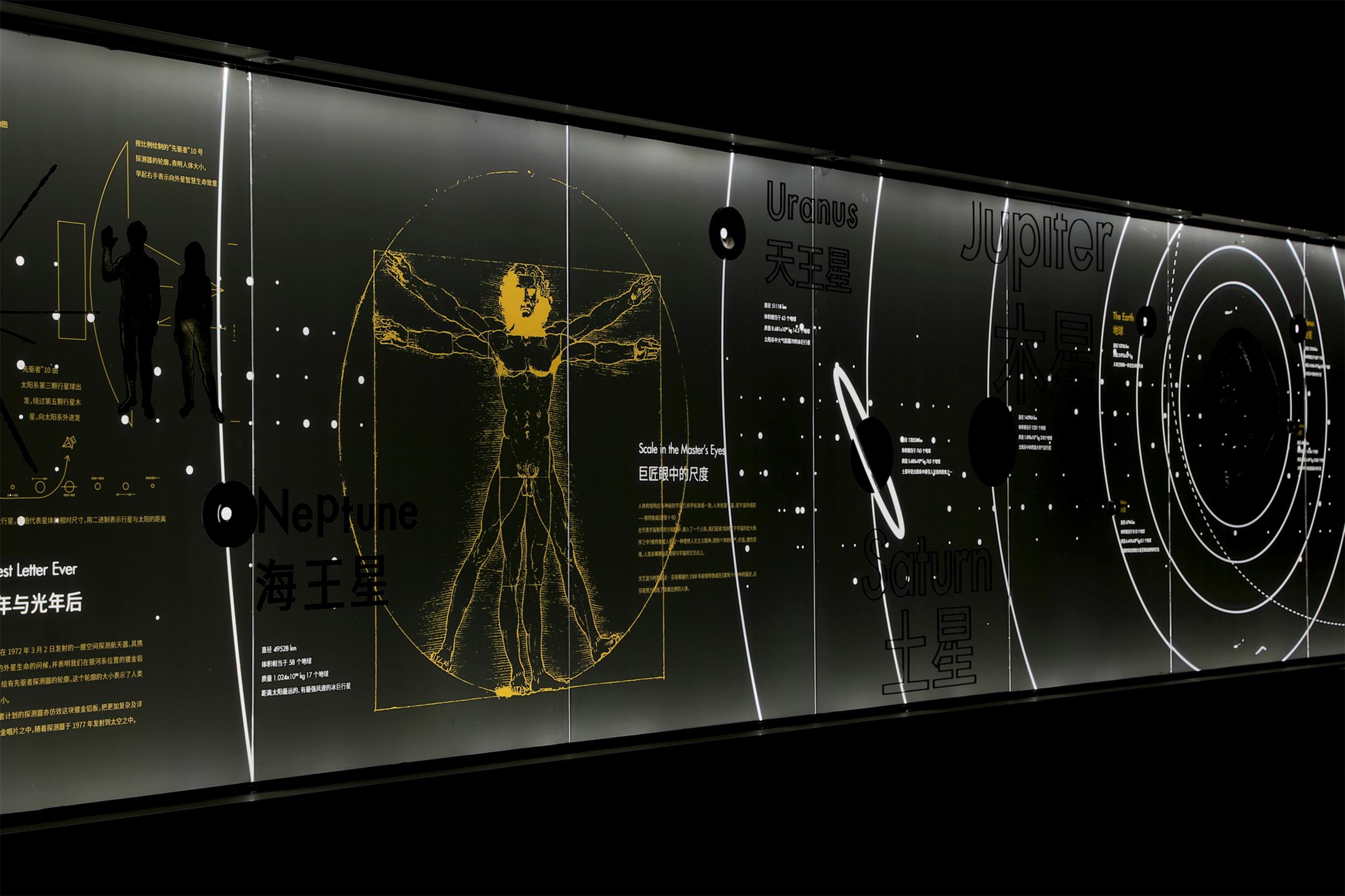
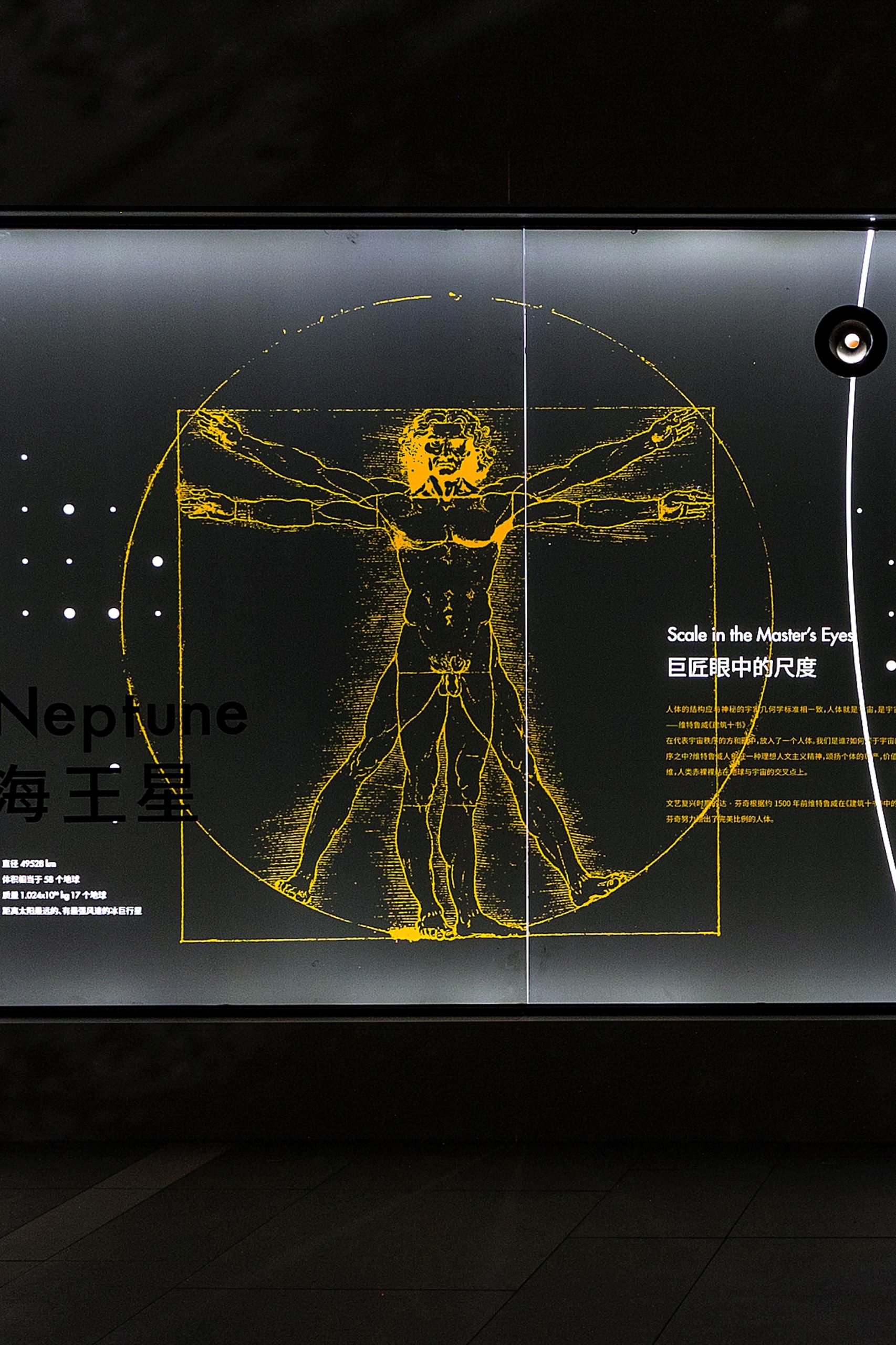






0 Comments